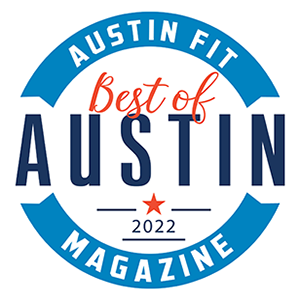In today’s FAQ video, we explain why Carter Physiotherapy doesn’t have machines or gym equipment in the clinic for use during our physical therapy sessions.
Watch the video to learn why our patients don’t use gym equipment in the clinic and how that actually helps us deliver superior results. Leave any questions you may have in the comments section below.
If you are dealing with any type of pain/injury and would like to know how we can help, call or text us at (512) 693-8849.
Why Doesn’t Carter Physiotherapy Have Machines Or Gym Equipment For Physical Therapy?
If it’s after hours and you’d like to request a call with one of the physical therapists in our Austin-area clinic, Click Here.
Or click here to send us an email.
Video Transcription
[Please excuse grammatical errors due to the conversational nature of the video]:
Does Carter Physiotherapy have machines or gym equipment?
We do have some machines, like treadmills, that we use for a running analysis service. But in general, most of our treatments focus on manual therapy and exercise prescription—which usually don’t require physical equipment in the clinic. So, you’ll see most PTs have a huge gym and workout stuff. But the reality is that you can get pretty creative with very little.
So just from space and treatment-style standpoint, we don’t really need it. As a result, we don’t really use a lot of gym equipment in our practice here.
In our practice, this is our main piece of equipment here: the high-low treatment table. That’s the machine to save our backs.
But yeah, like you said, we teach our patients to do things on their own. One of the things that differentiates us is that we don’t have people come in and do a bunch of exercises and stretches and things that they could do on their own time.
They don’t need to pay money for what isn’t a good use of time. They get full-hour treatments—if that’s the timeframe they choose. During this time, 45-plus minutes is hands-on work. And then maybe 10-15 minutes is dedicated to teaching you what you need to do on your own time in order to support what we did in the clinic.

